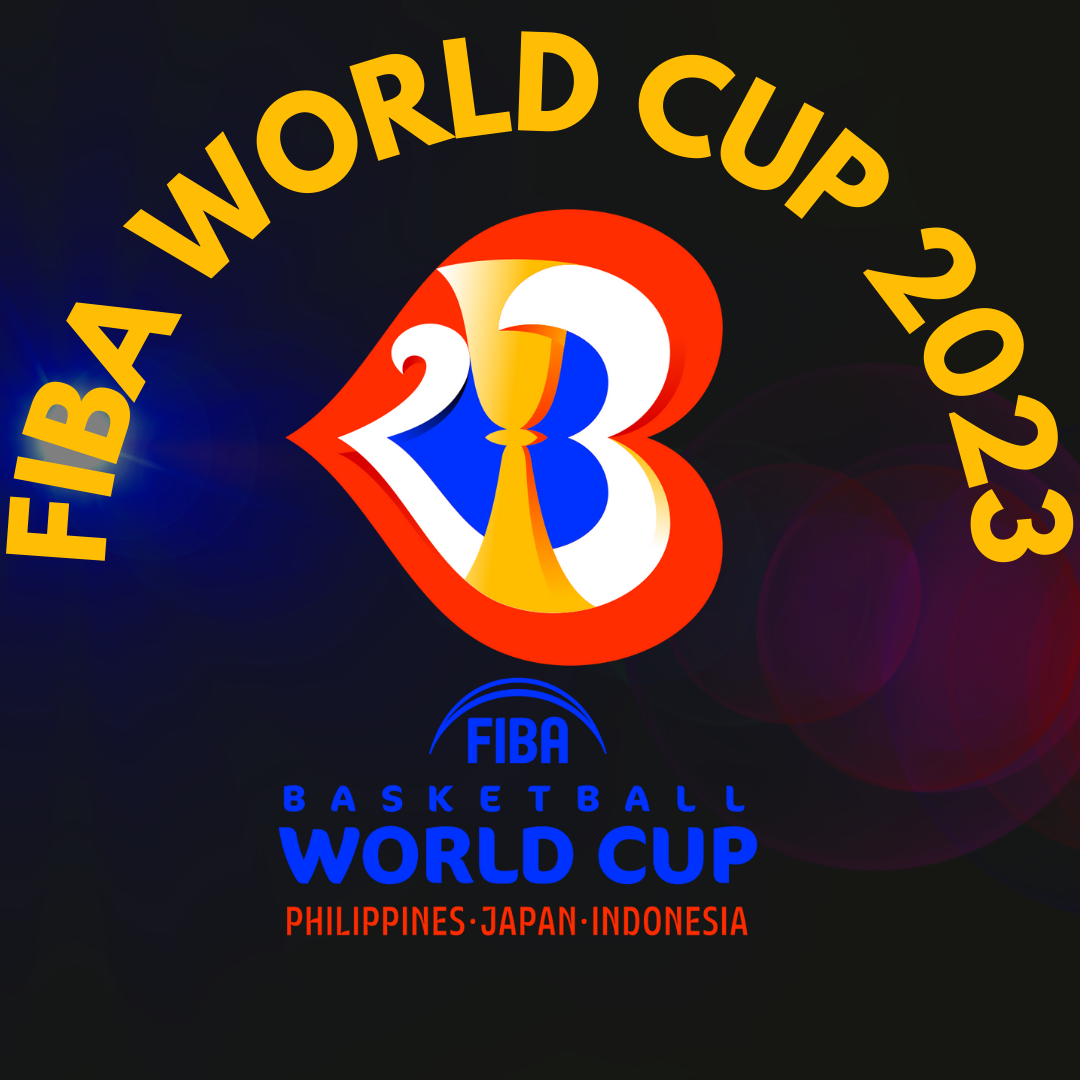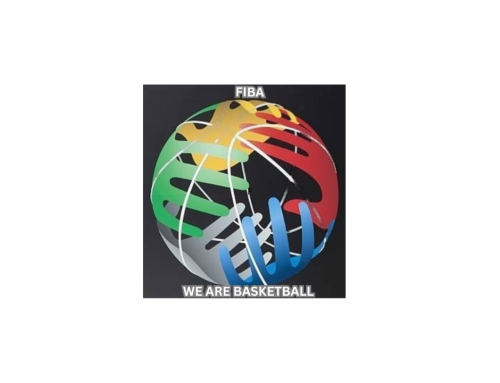
Things you didn’t know about the FIBA World Cup
As the FIBA World Cup approaches, basketball enthusiasts around the world are gearing up to witness some of the most exciting moments in international basketball. This 16-day tournament is packed with some of the brightest talents from around the world and will showcase the best of basketball. Here are 30 interesting statistics about the FIBA World Cup that you might not know though if you have read on the Evolution of Basketball :
1. The first FIBA World Cup was held in 1950 in Buenos Aires, from 22 October to 3 November in Argentina.
2. The United States and Yugoslavia are the most successful team in the FIBA World Cup, winning five of the 18 championships. Followed by Soviet Union winning 3 games.
3. The FIBA World Cup is played every four years, similar to the Olympics.
4. The 2019 and 2023 FIBA World Cup are the championships with the largest FIBA tournament to date, with 32 teams competing.
5. The tallest player in FIBA World Cup history is Adrian Zamora, who stands 2.11 m tall.
6. The shortest player in FIBA World Cup history is Muggsy Bogues, who stands at just 5 feet 3 inches.
7. The most points in a single FIBA World Cup game is 156, achieved by Brazil against Egypt in 1986.
8. The most points scored by a team in a single FIBA World Cup tournament is 854, achieved by the United States in 1994.
9. The most points scored by an individual player in a single FIBA World Cup game is 55, achieved by Oscar Schmidt of Brazil in 1987.
10. The most rebounds in a single FIBA World Cup tournament is 128, achieved by China’s Li Nan in 1998.
11. The most assists in a single FIBA World Cup tournament is 99, achieved by Sarunas Jasikevicius of Lithuania in 2002.
12. The most steals in a single FIBA World Cup game is 10, achieved by Aleksandar Djordjevic of Yugoslavia in 1994.
13. The largest margin of victory in a game in FIBA World Cup history is 79 points, achieved by the United States against Thailand in 1956.
14. The most three-pointers made in a single FIBA World Cup tournament is 28, achieved by Spain’s Juan Carlos Navarro in 2006.
15. The highest-scoring FIBA World Cup game ever was contested between Spain and Serbia in 2010, with a final score of 92-89.
16.The FIBA World Cup was originally known as the FIBA World Championship until 2014 when it was renamed.
17.The FIBA World Cup was not held in 1962 and 1978 due to financial and organisational issues.
18.The FIBA World Cup has been hosted by various countries around the world, including Spain, Turkey, China, Japan, and the Philippines.
19.The FIBA World Cup has had its share of upsets, with notable underdog victories such as Senegal defeating defending champions Croatia in 2002 and Puerto Rico defeating the United States in 2004.
20.The FIBA World Cup has had several formats throughout its history, including round-robin group stages, knockout stages, and more recently, a combination of group stages and knockout stages.
21.The FIBA World Cup has a qualification process that involves teams from different continents competing in regional tournaments to earn a spot in the main tournament.
22.The FIBA World Cup has seen many legendary players participate, including Michael Jordan, Dirk Nowitzki, Manu Ginobili, Yao Ming, and Hakeem Olajuwon.
23.The FIBA World Cup has had its share of controversies, such as the brawl between players from the Philippines and Australia in 2018, which resulted in suspensions and fines.
24.The FIBA World Cup has been a platform for showcasing basketball talent, with many players using the tournament as a springboard to professional careers in the NBA and other top leagues around the world.
25.The FIBA World Cup has a Most Valuable Player (MVP) award given to the best player of the tournament. Notable winners include Dirk Nowitzki, Manu Ginobili, and Pau Gasol.
26. The FIBA World Cup has had some memorable moments, including buzzer-beating shots, overtime thrillers, and incredible individual performances.
27.The FIBA World Cup has seen a rise in popularity and viewership in recent years, with increased media coverage and international fan engagement.
29.The FIBA World Cup has had women’s tournaments held concurrently with the men’s tournament, starting from 1994. The women’s tournament features national teams from around the world competing for the championship.
29.The FIBA World Cup has had a positive impact on host countries, contributing to tourism, infrastructure development, and promoting basketball as a global sport.
30. The FIBA World Cup has a rich history of showcasing basketball cultures from different countries and providing a platform for international sports diplomacy.

